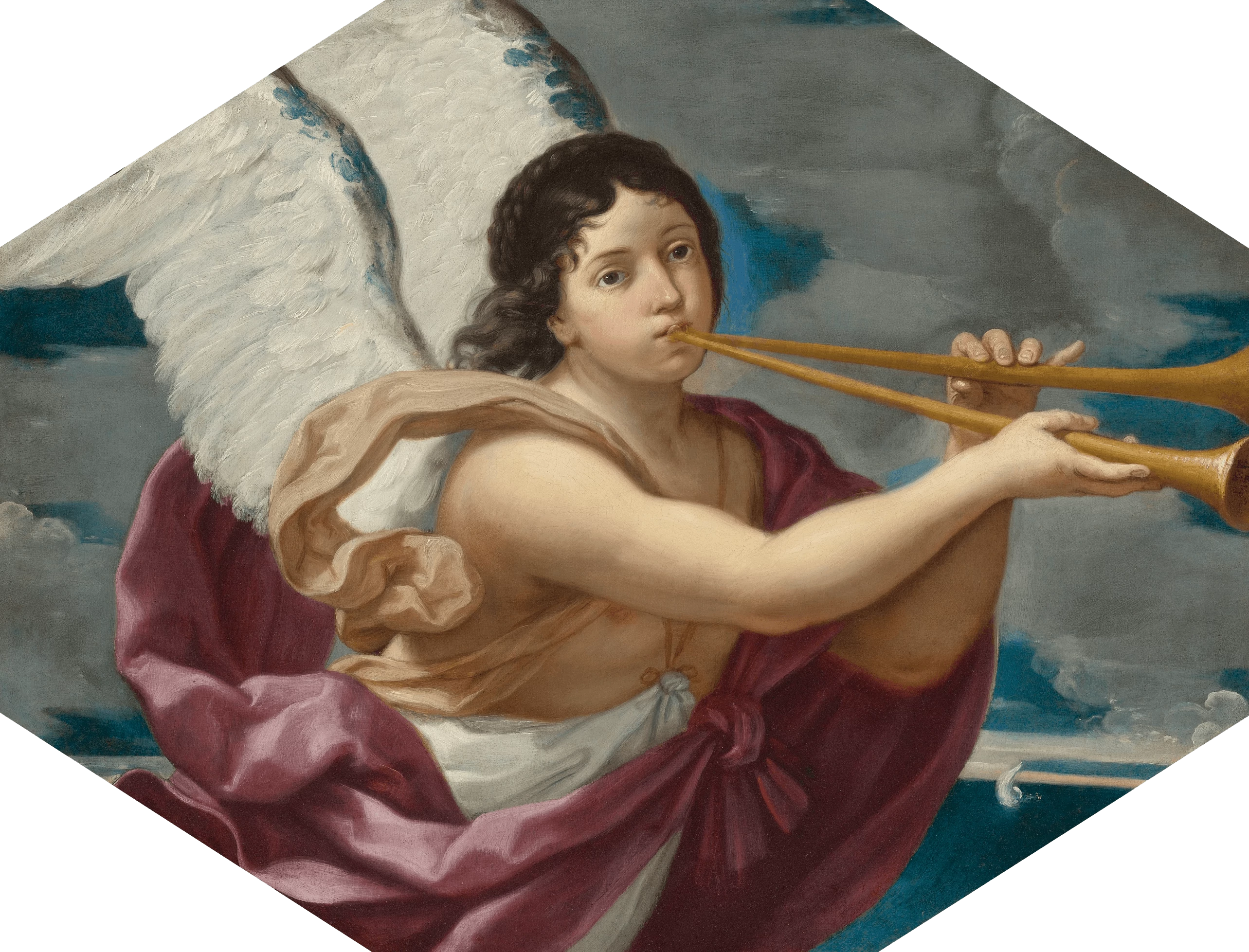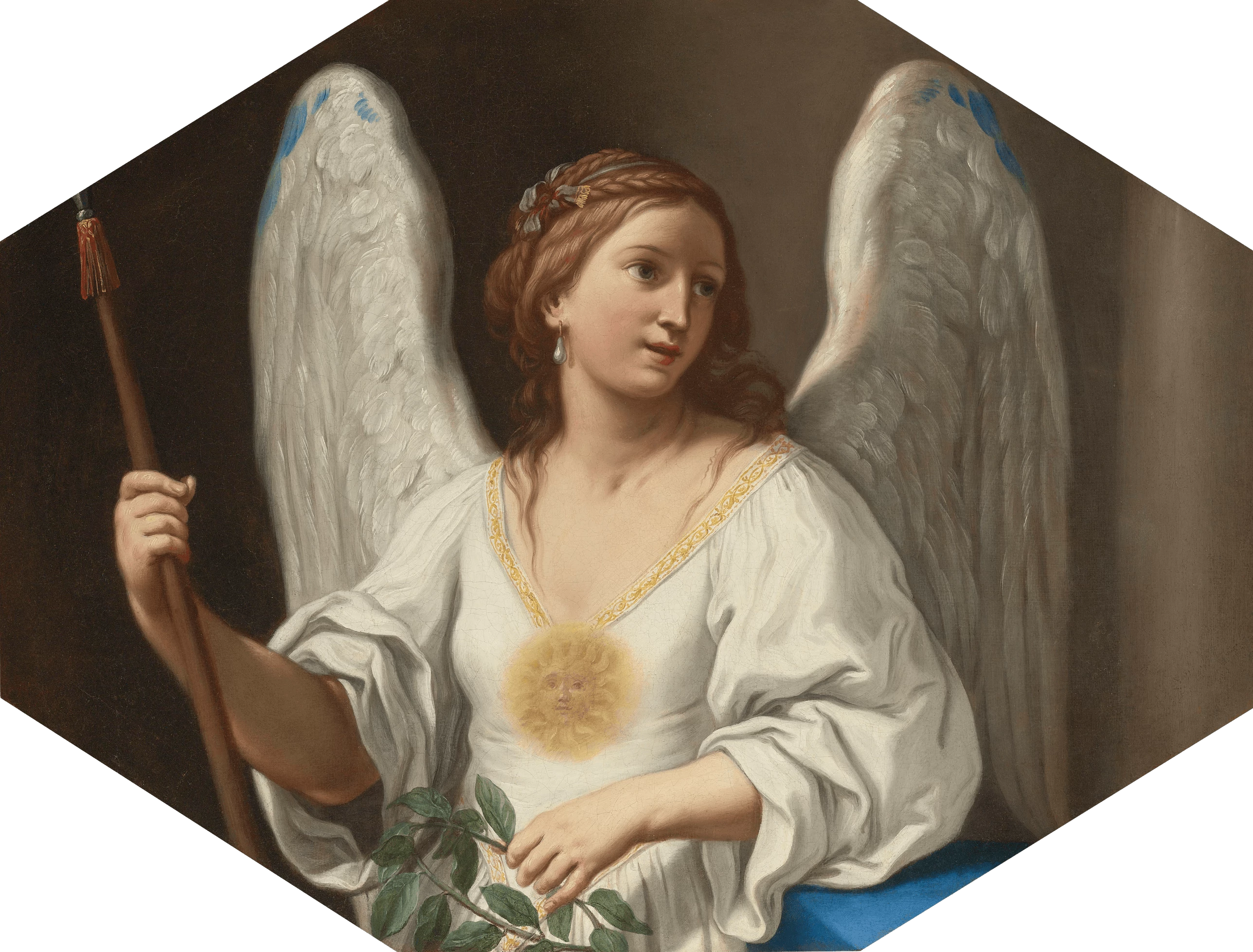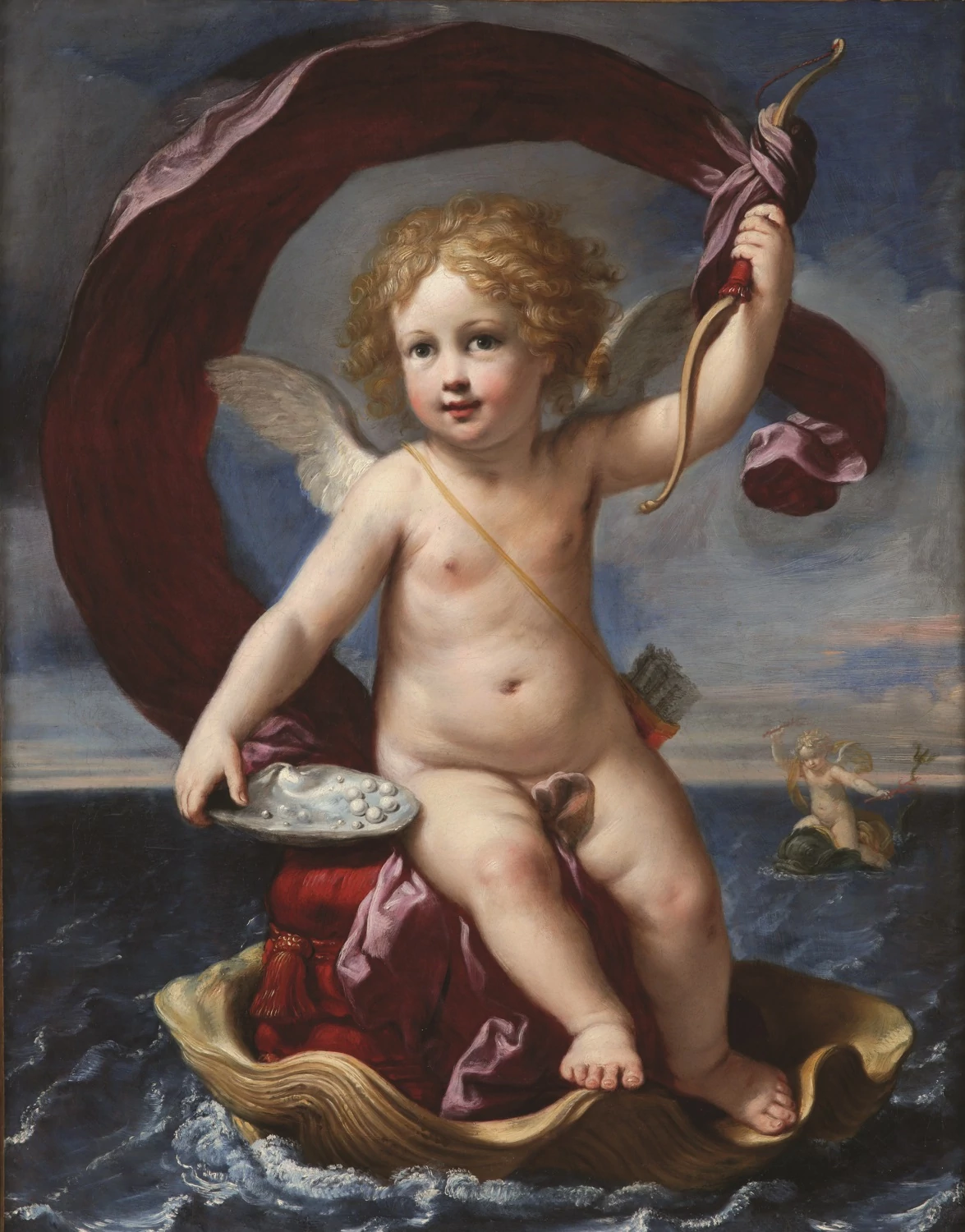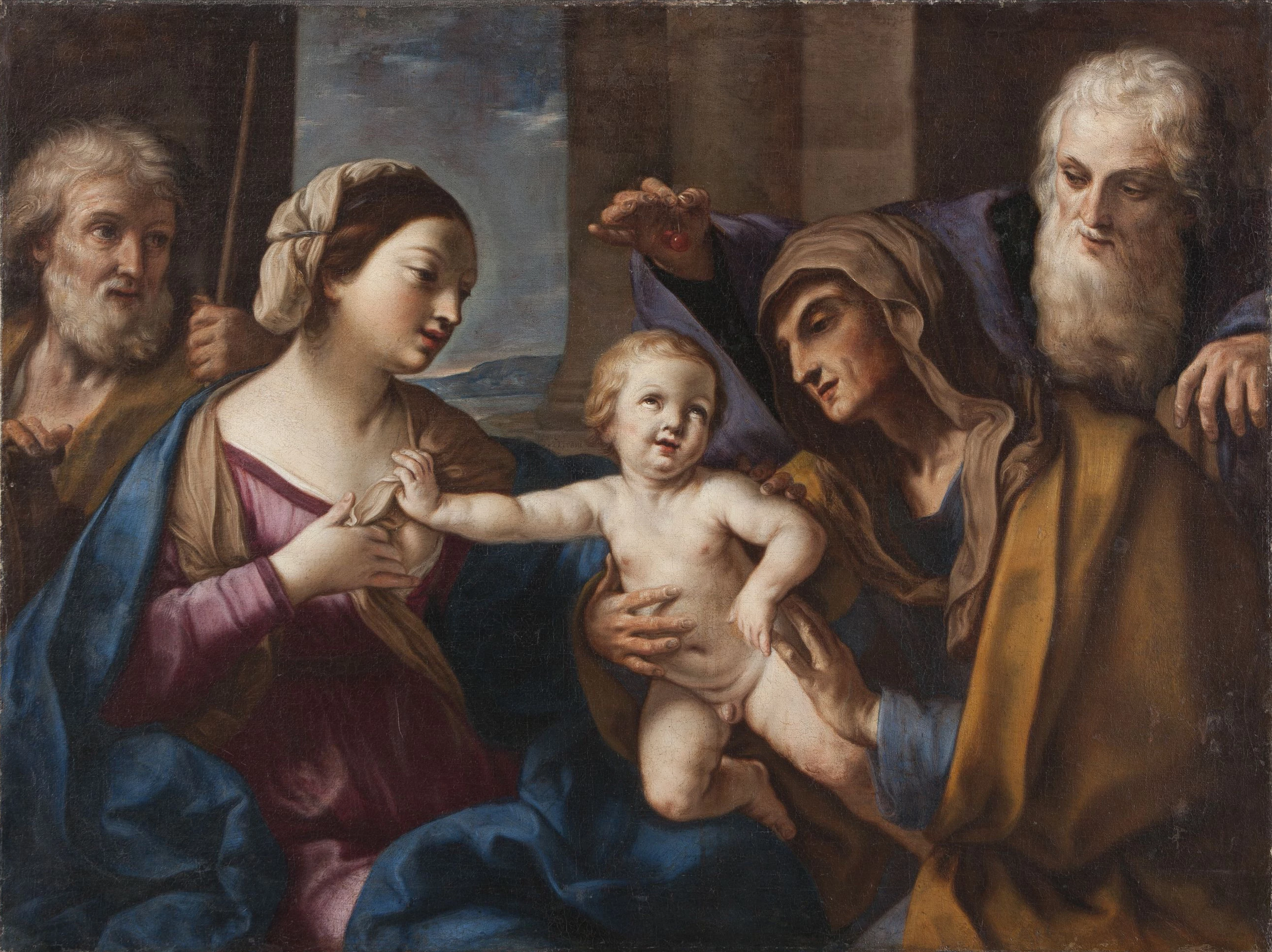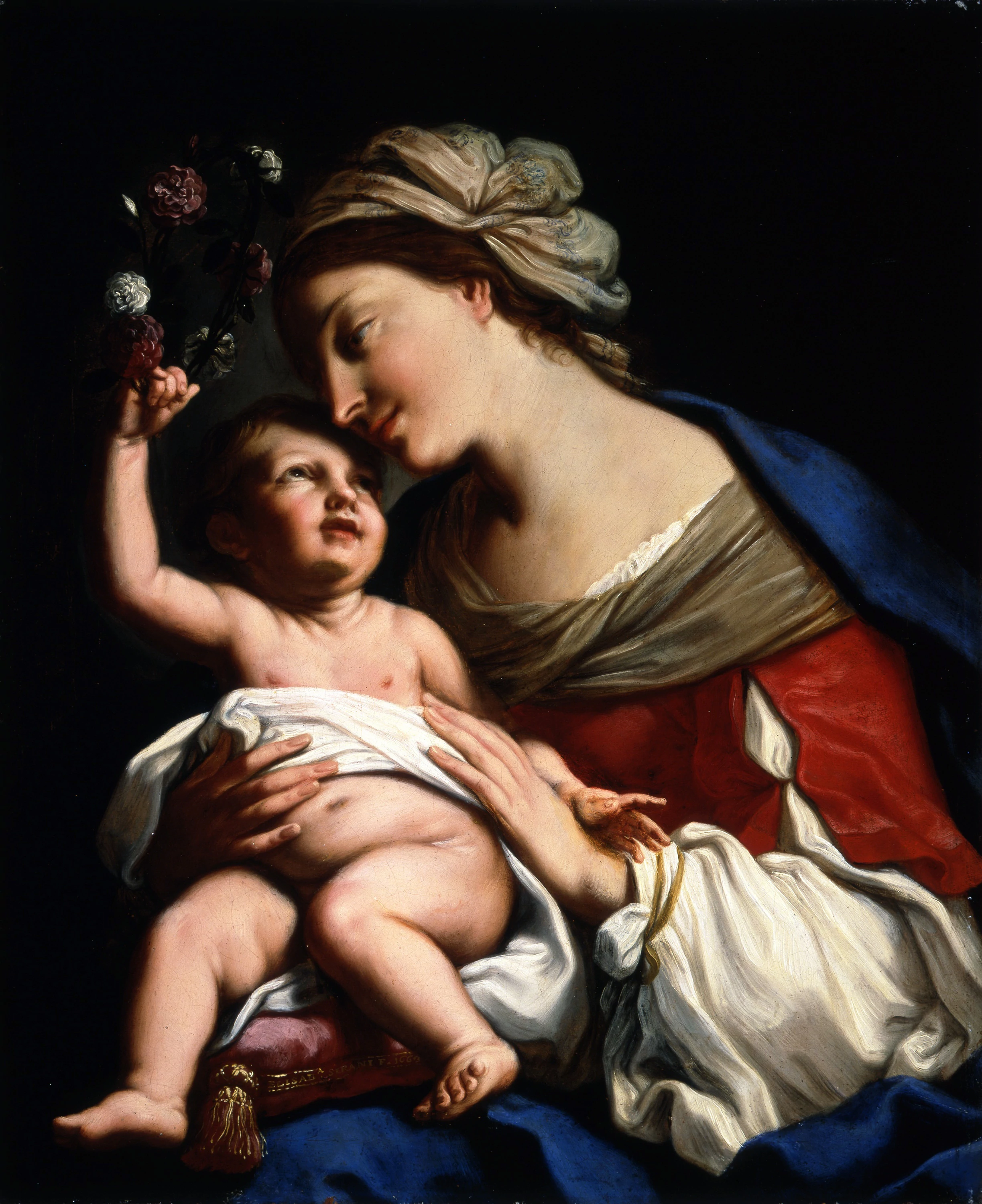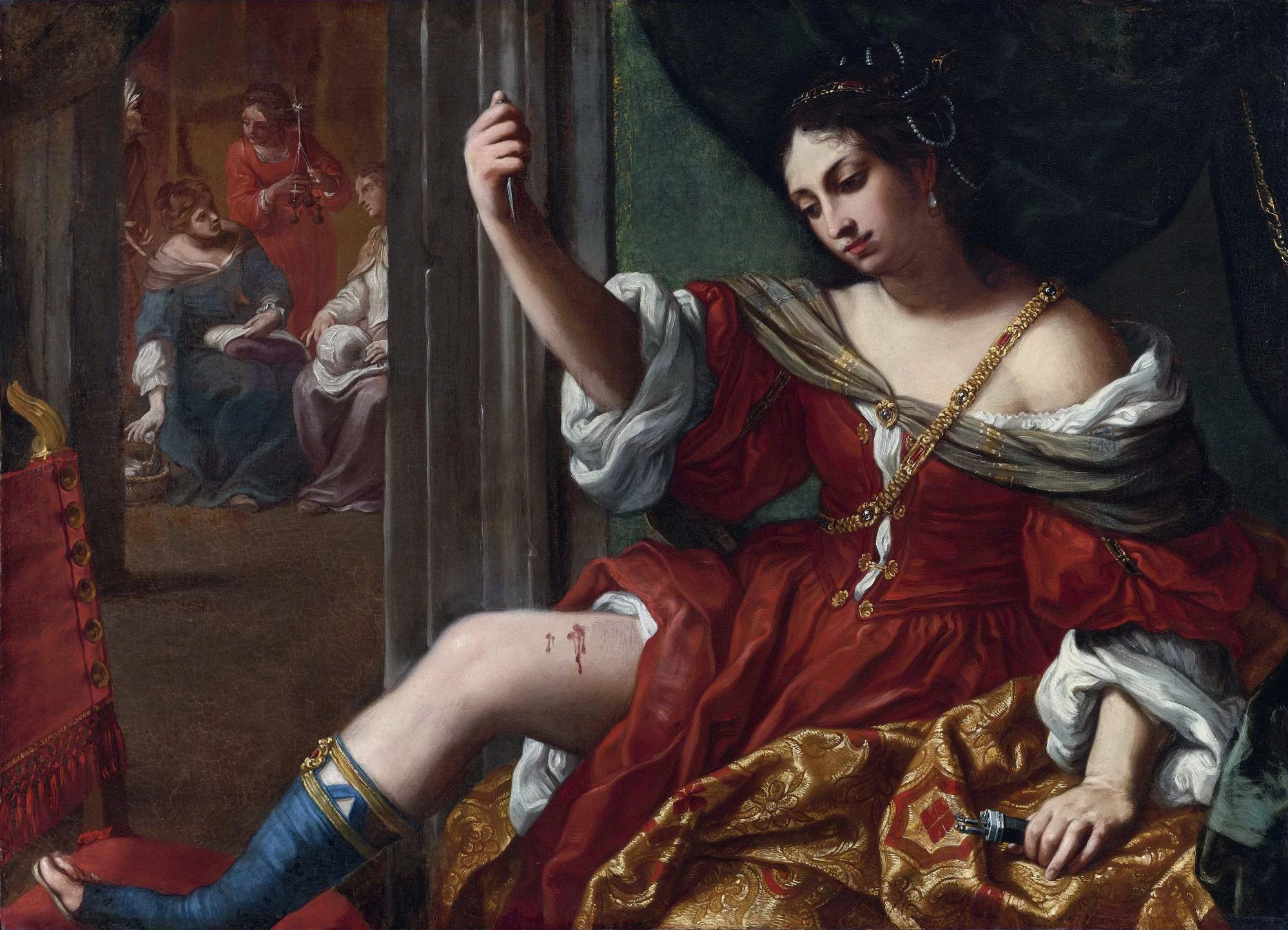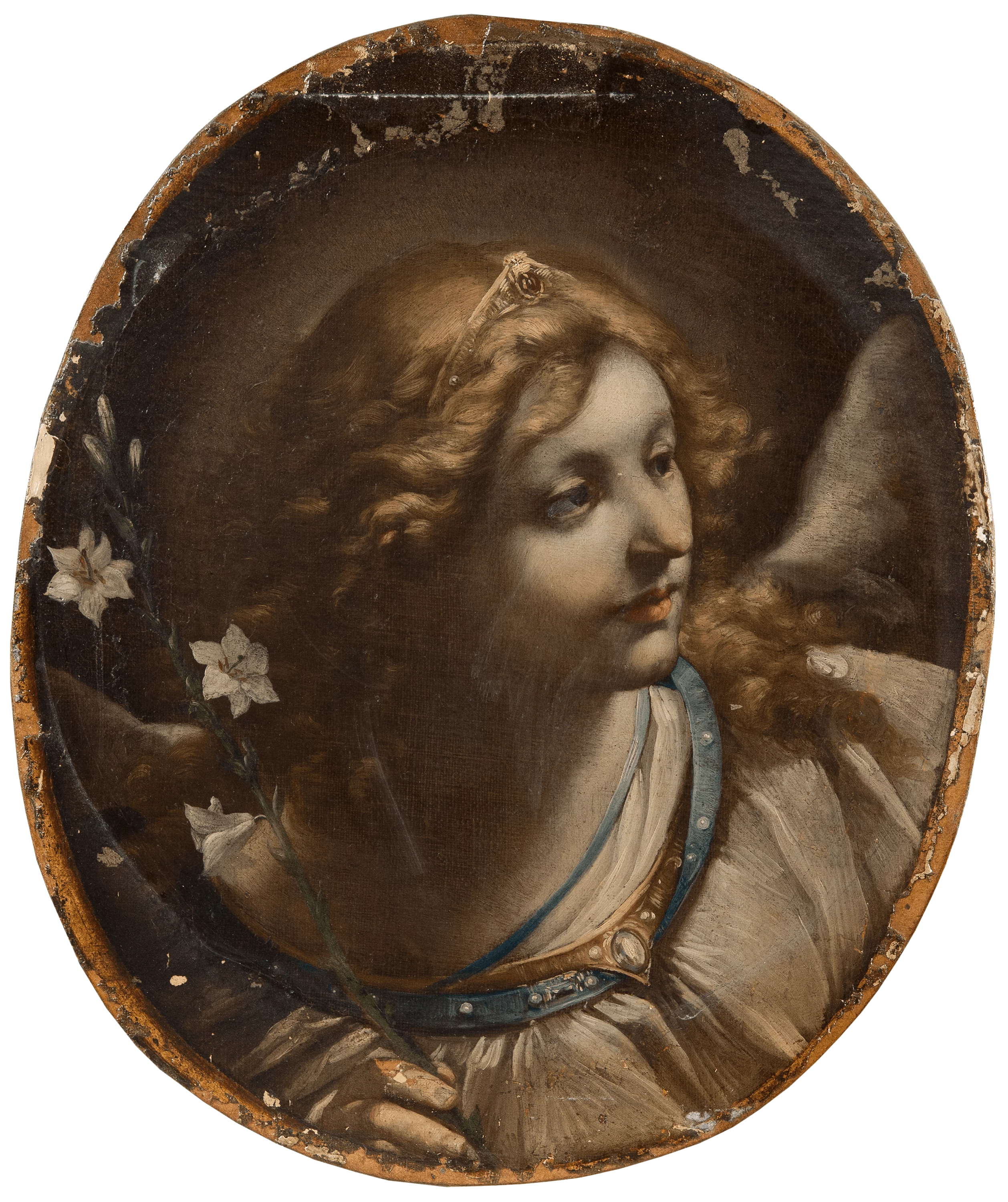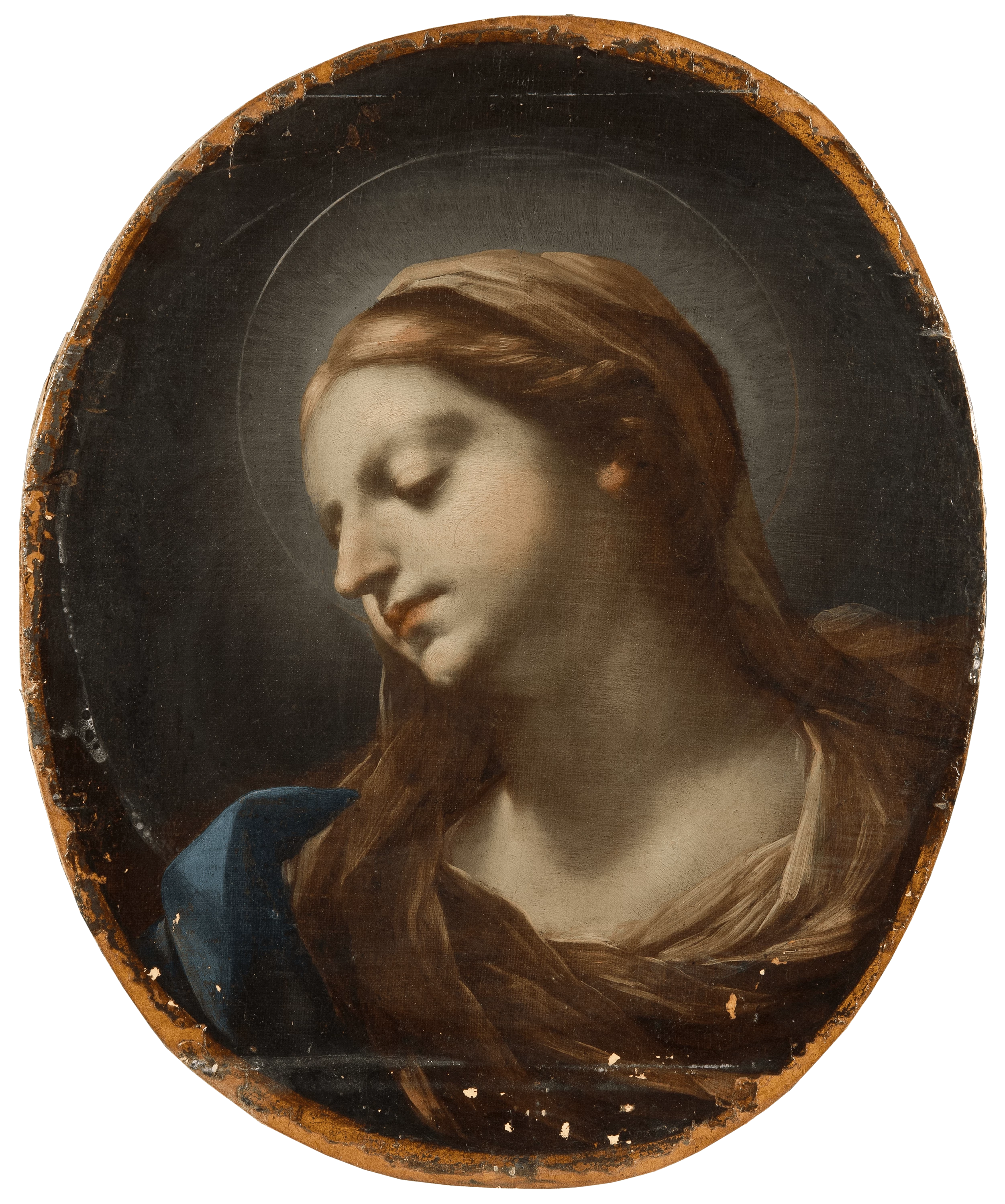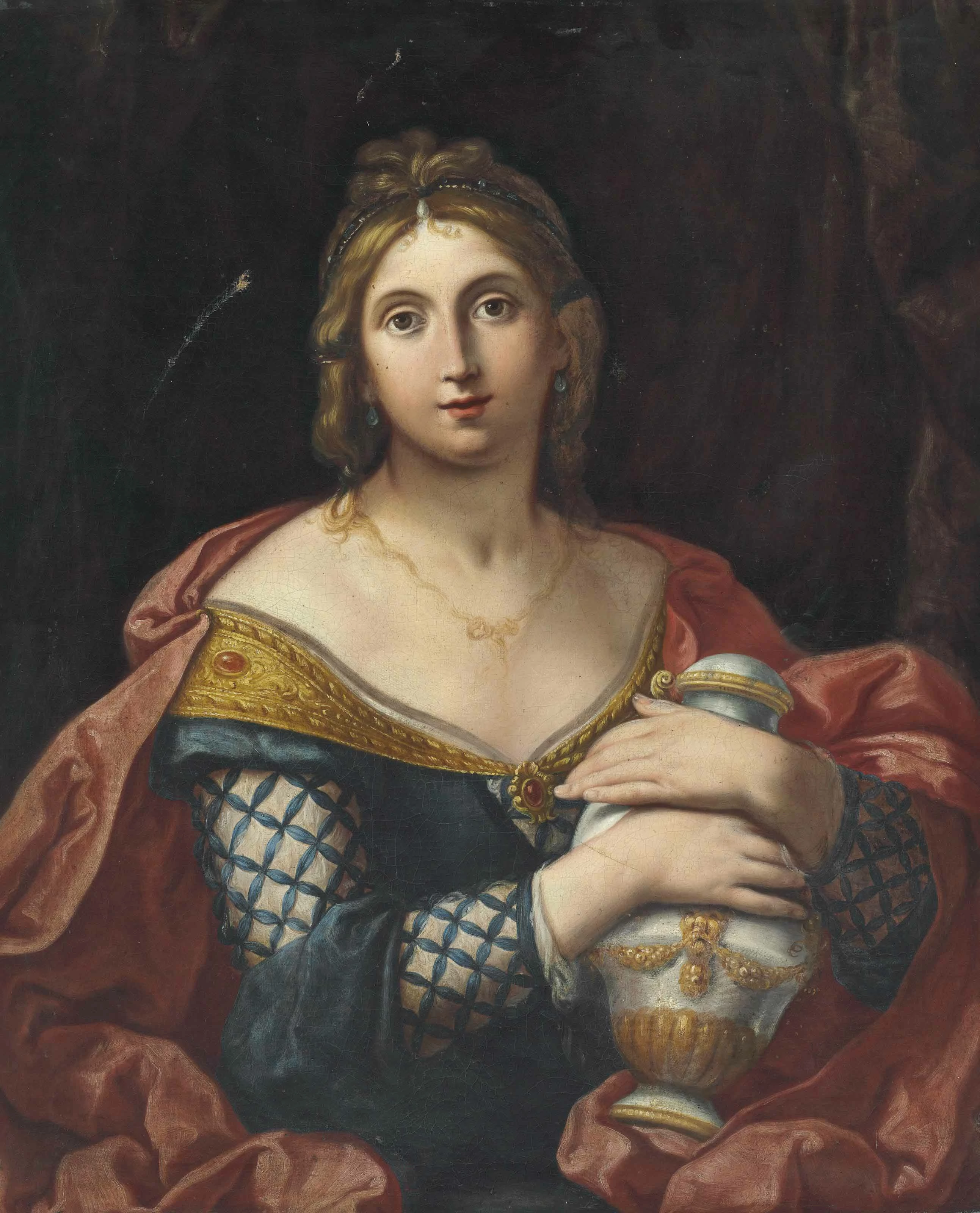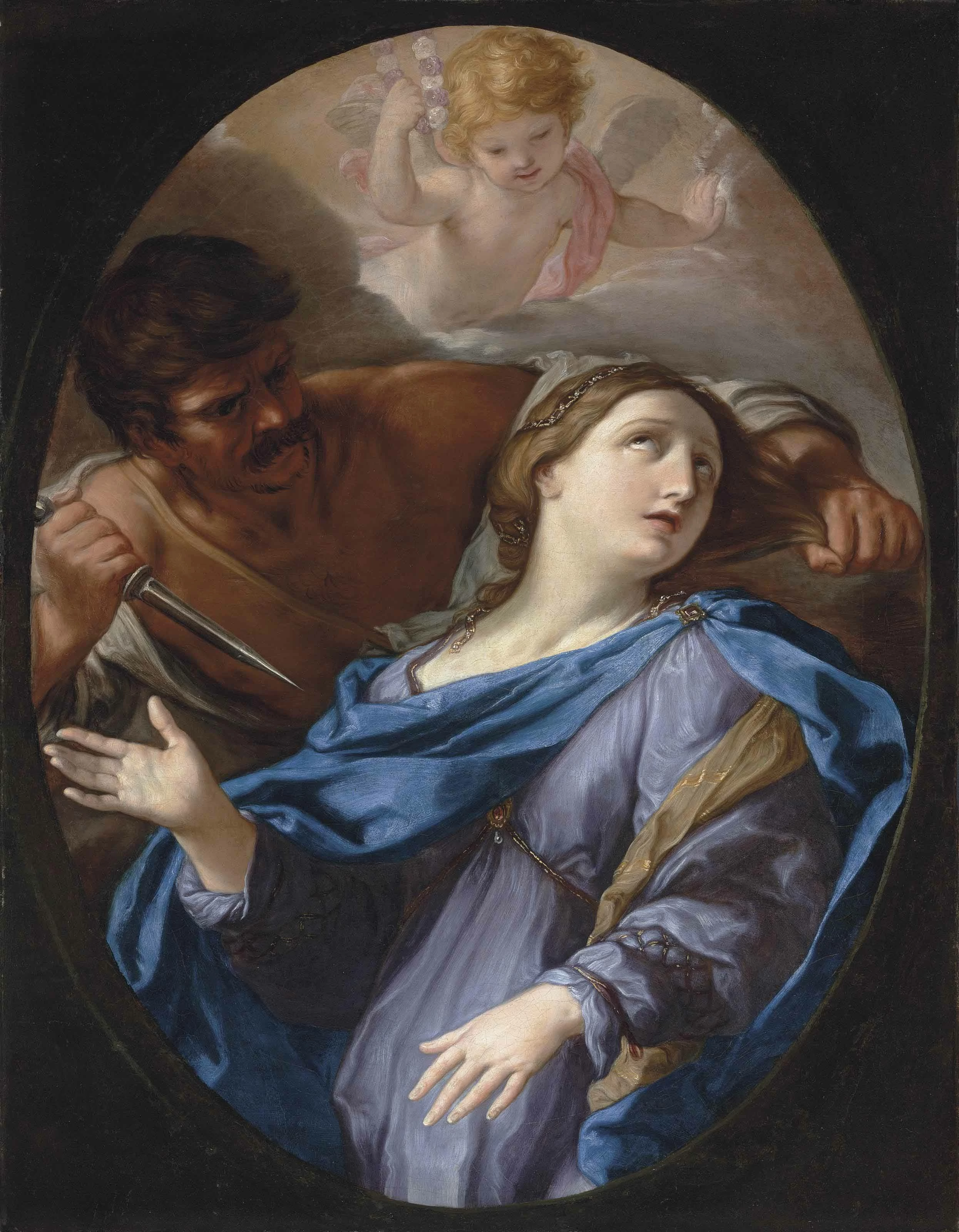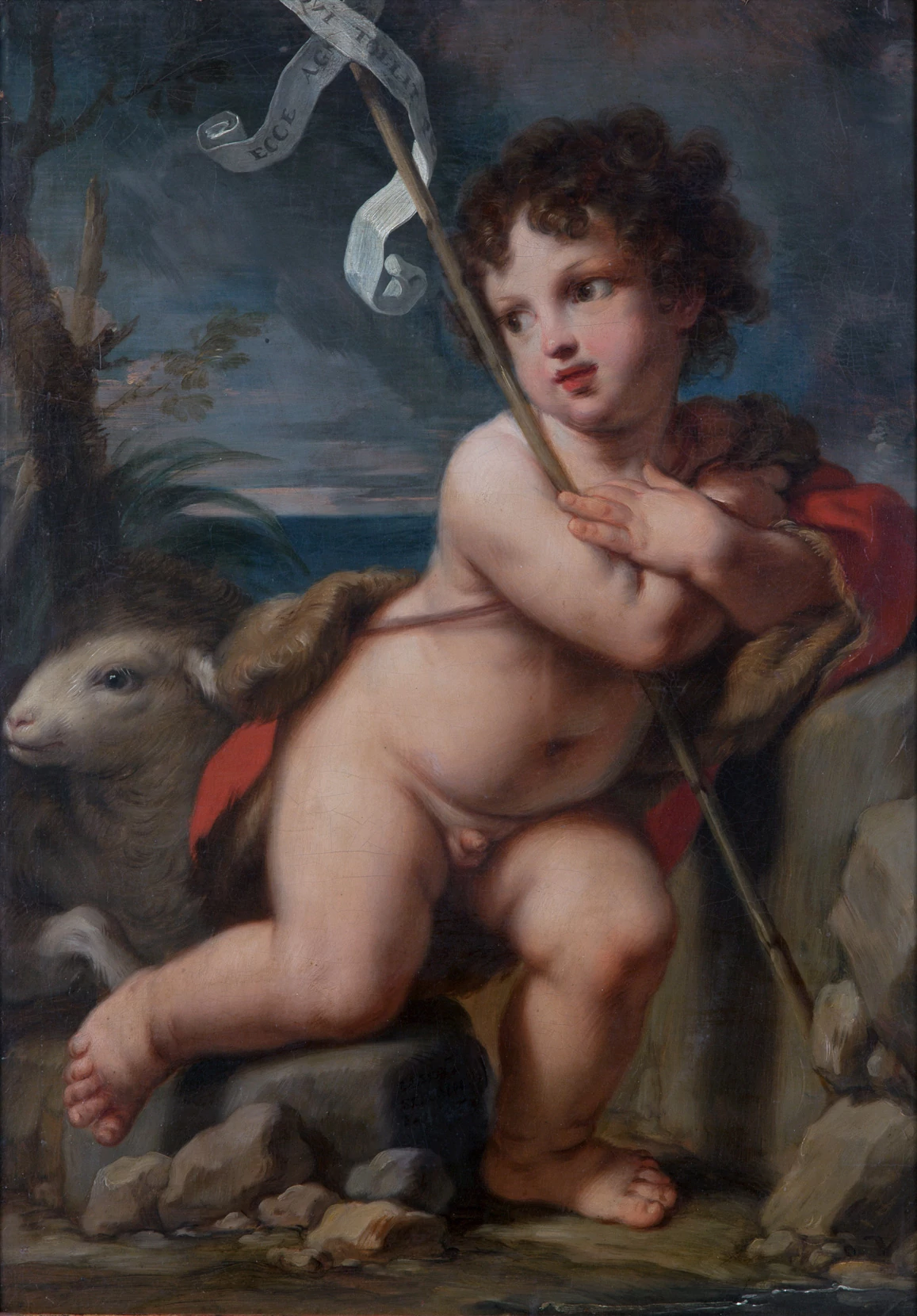When Elisabetta Sirani died, she was carried to the chapel of the Rosary in Bologna Italy. It was not a family funeral, it was a massive community outpouring of grief, because Elisabetta had brought painting to the women of Bologna, and was dead at age 27 under mysterious circumstances.
“…her fellow-citizens were determined to give public expression to their admiration and their grief And thus it came to pass that, on the fourteenth day of November following, the Dominican church was crowded and adorned as for a princely funeral. The walls were hung, the pillars swathed with sable cloth, gold-fringed. There were gilded wreaths, swaying lamps, and shields displaying a variety of mottoes, emblems, and devices—among them one which excited marked and peculiar attention, the picture of a fruitful, tree with an axe laid to the trunk, surmounted by the words : ‘Invida Manus.’” — Laura Ragg, The Women Artists of Bologna, 1907.
Invida Manus is Latin for envious hands, hands that cut down a talented life too young. According to Count Carlo Cesare Malvasia, patron of the arts and the writer of the Felsina Pittrice, a 16th century art history book, suggested that Sirani had been killed out of professional jealousy, saying he “almost wished I had never known her or aided her” lest he contributed to her rise in fame, and her early death.
Elisabetta Sirani believed in ‘plain living and high thinking’ working quickly and with great precision and focus. By her 24 she was credited with over 90 artworks, and in the next three years she created 80 more. Painting was a gift that gave freely to the women of Bologna. Beginning with her sisters, Elizabetta taught painting to more than a dozen women, including her frenemy Ginevra Cantofoli. Elisabetta’s commissions brought in more than enough money to support her family, and she often painted with a gallery of onlookers enamoured with the attractive and focused young artist. Ragg wrote “she has so much self-assurance, and so little self-consciousness, that their presence is no embarrassment to her. Her sweetness is not insipid. Her strength is free from self-assertion. She is comely and devoid of vanity, eminently attractive, and entirely virtuous.”
But in 1665, Elisabetta was first touched by the mysterious ailment that took her life. A stomach pain that “went away of itself without the aid of any remedy”. It was the beginning of a quick change in the demeanor of the young woman, who lost weight, and suffered melancholy spells. Her pain became more frequent and intense, her fingers turned purple, and finally, she received sacraments from the local priest and died. After a post-mortem examination, the family physician Dr. Gallerati declared her death the result of corrosive poison.
Everyone who knew Elisabetta had a theory about her death. Her father blamed the maid, who was put on trial. Carlo Malvasia suspected a rejected lover, and more recently, historians looking at the symptoms leading up to her death blame a natural onset of Peritonitis—an admittedly less dramatic theory. Whatever its true cause, death made Elisabetta a martyr. The beautiful, focused, selfless painter became a symbol of a progressive and healthy Bologna, where women were encouraged to grow creatively and express themselves through art and music.
...
Got questions, comments or corrections about Elisabetta Sirani? Join the conversation in our Discord, and if you enjoy content like this, consider becoming a member for exclusive essays, downloadables, and discounts in the Obelisk Store.

